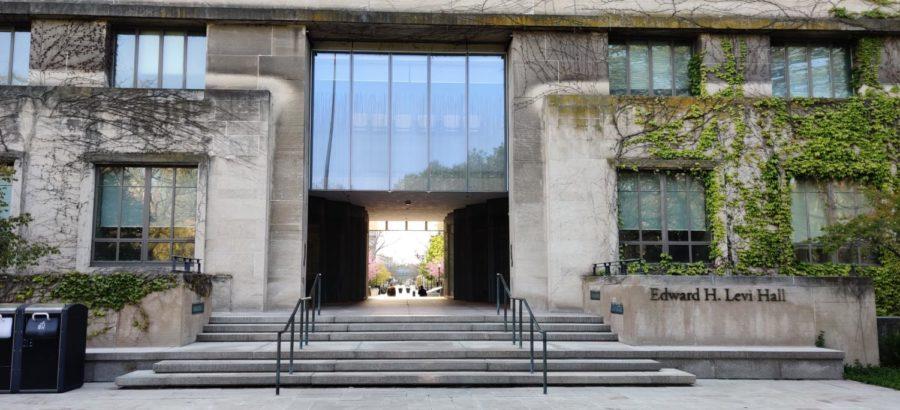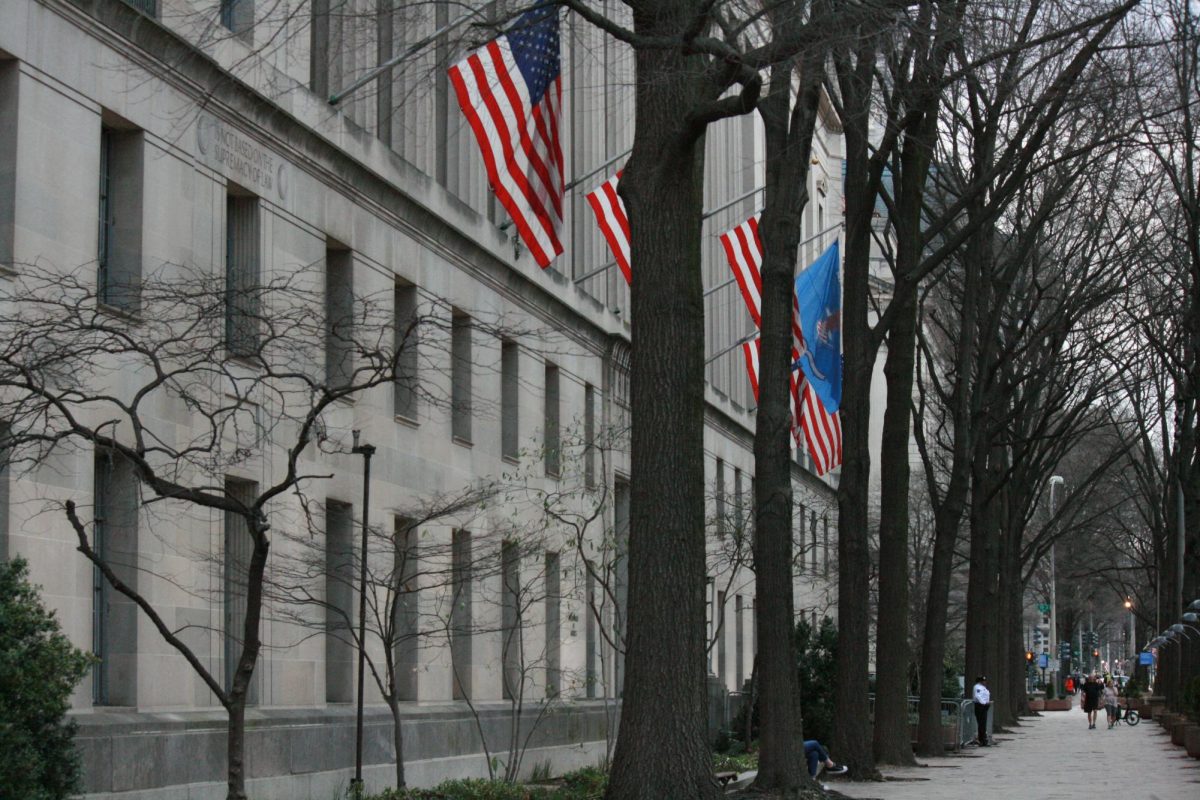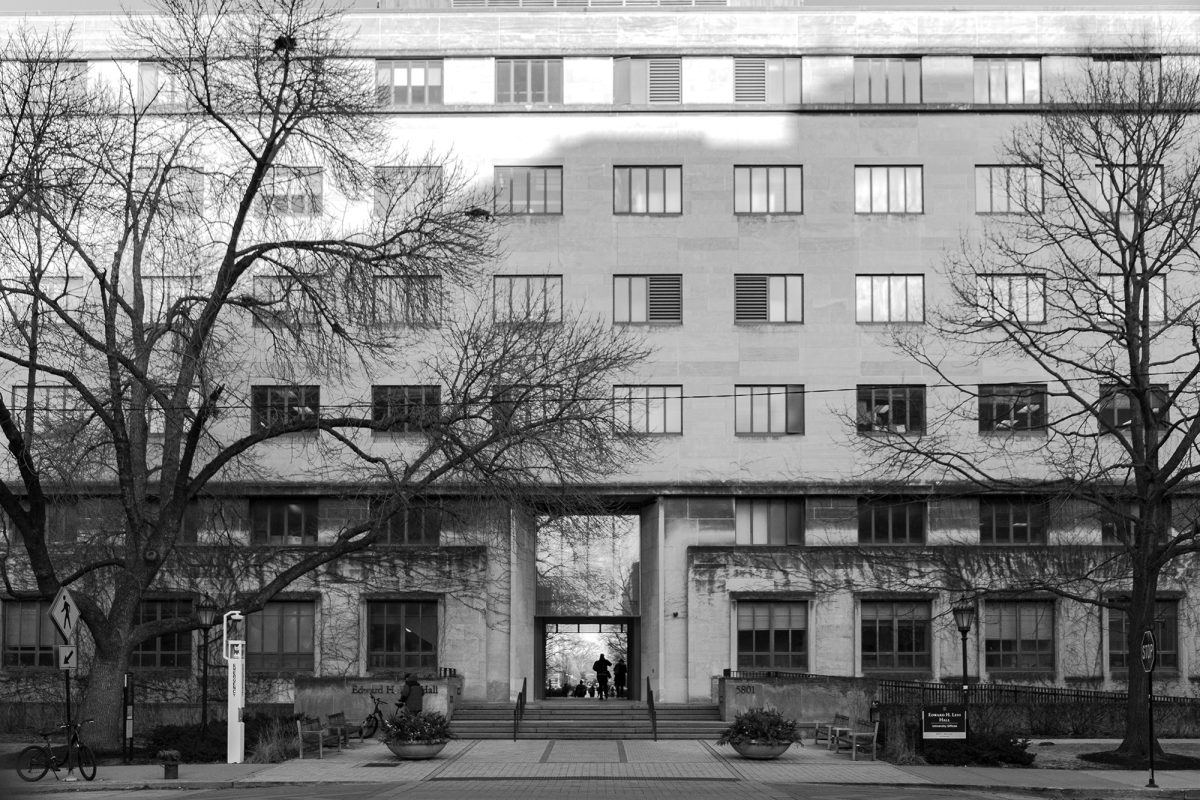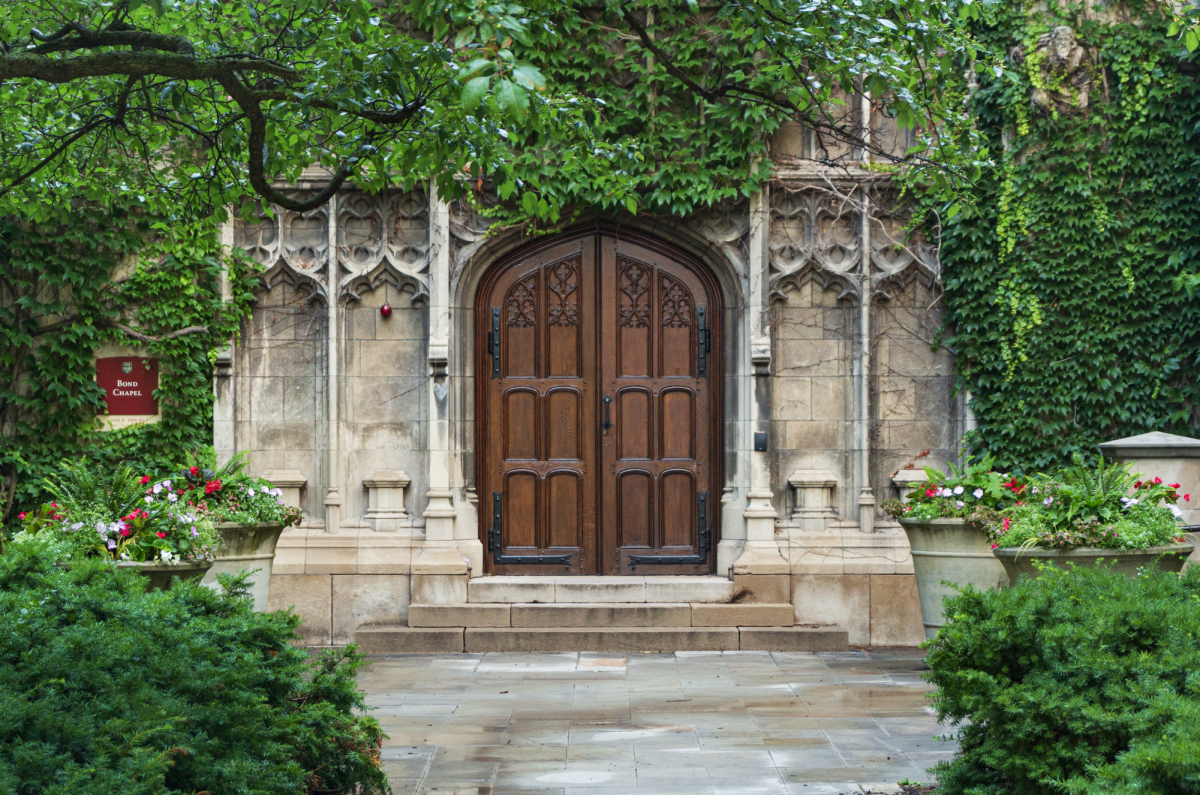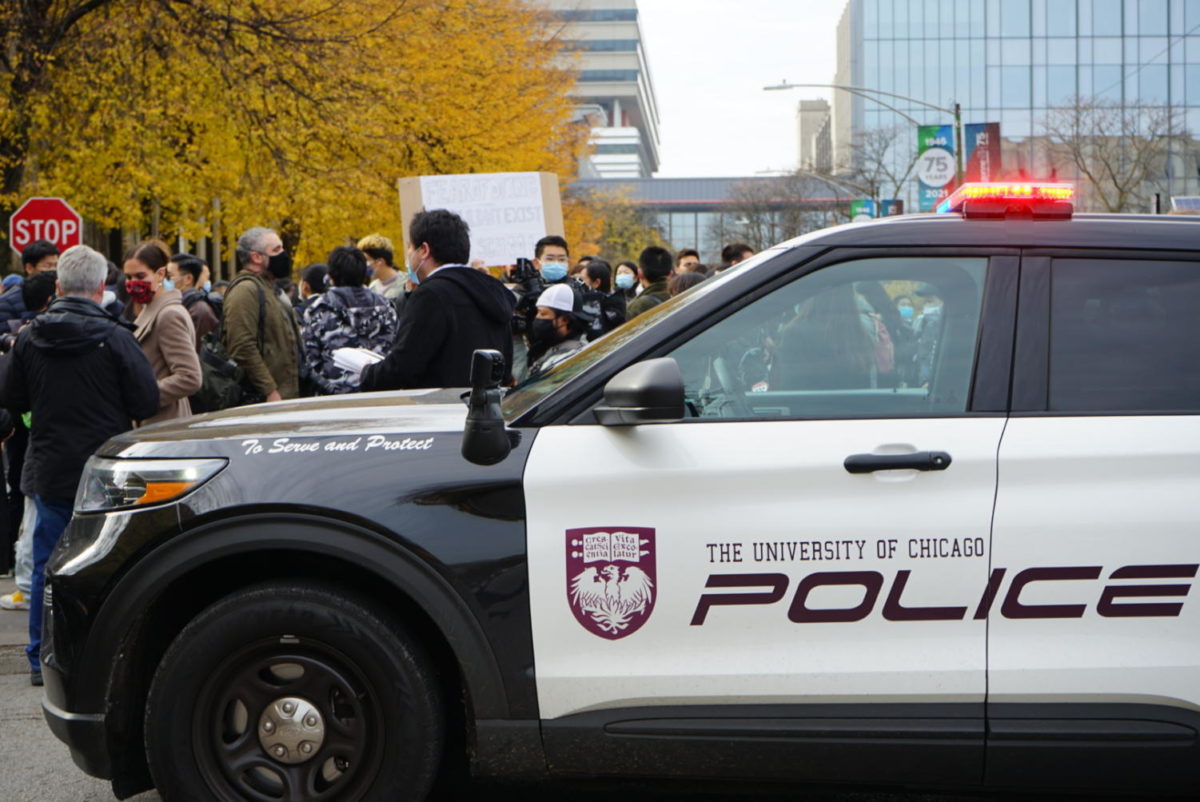As students, staff, and faculty anticipate a return to Hyde Park amid the coronavirus pandemic, the University has failed to release vital information about student safety and infection thresholds for this autumn quarter. The University must publicize a specific threshold of infections it will tolerate on campus before making changes to how campus will function. Without making this information public, community members will have no way of knowing how close we may be to a shift into remote instruction or a campus shutdown. It’s likely that in planning for autumn quarter contingencies the University has already privately decided on these thresholds—and if it has not, that reflects a profound dereliction of responsibility.
When the University began reporting COVID-19 cases and close contacts, it was without fanfare—or even an email letting students know. Opaque decision-making processes and the failure to inform students of major changes to University policy are longstanding problems at UChicago, but during a pandemic, the administration’s lack of transparency is especially unacceptable. When students have to scour University webpages for policy changes and safety updates, UChicago has failed to uphold its obligation to the campus community.
At the end of winter quarter, a last-minute announcement that students would not be allowed to return to campus after spring break left campus reeling. Those living in housing were given just a few days to move out. At the time, universities across the country were making quick decisions with little information; now, they have had both the time and the information they need to determine how many infections it’ll take for them to implement more stringent restrictions. Last winter’s chaos must not happen again. Students opting to return to Hyde Park need to know what they’re getting into. Students planning to live in the dorms this year must not start the quarter with the lingering feeling that they may be asked to leave housing out of the blue. We cannot start what may be the most challenging quarter in the school’s history with no contingency plan.
While our own university has maintained that it will reopen campus this fall, albeit with new restrictions onstudent life, other universities like Columbia, Princeton, Stanford, and Harvard have all reneged on their original plans for limited returns to campus. UChicago’s plan may also change if the number of cases at UChicago or in Hyde Park begins to rise. The Editorial Board is not in a position to propose a specific milestone number, but the University has an excellent hospital, dozens of public health experts, and a bevy of financial and political resources to help it do so. The reality is that the University may have to shift all classes online before Thanksgiving, or, if things get bad enough, implement stricter quarantine measures in housing and around campus.
Making predetermined thresholds public and keeping the campus community informed about the number of infections would be a meaningful commitment to the safety (and sanity) of campus life, but it would also facilitate community involvement in keeping that number low. Public commitment to a plan with infection-based contingency measures and regular updates on it would affirm that the University takes community safety seriously, and that as an institution, we are not sending students back to campus like lambs to slaughter.



